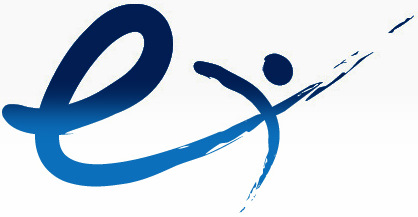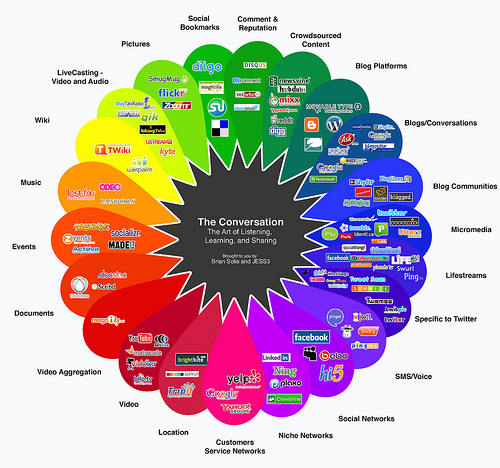I’m changing the word conversation to “conversa-intersactions.”
The simple, old A converses with B doesn’t exist anymore.
At least the simple part is gone.
“The most important challenge in this economy is creating conversations,”
according to Ravi Arora, KM head of Tata Steel (tatasteel.com)
As a conversation architect, I was captured by his comment, which was part of the cover story,
The New Conversation Manifesto, in the latest issue of KMworld (http://www.kmworld.com/),
written by Madanmohan Rao.
Further, the article states:
“Challenges that can arise in the hyper-connected conversational setting with social and mobile media include dealing with the “fog of detail,” information overload, fear of opening a “can of worms” with too many chaotic conversations, insufficient training and communication for moderators, and insufficient integration of conversational forums into working practices.”
Whoa. Houston, do we all have a problem!
If in fact, a conversation is “the lubricant to knowledge exchange” and organizations need “conversation architects” to ignite the four basic types of conversations, as referred to by knowledge management expert Dr. Nancy Dixon-relationship-building,
mutual understanding, possibilities and action-I would offer to include storytelling as part of the strategic mix.
And that storytelling must be stocked with an entire ready-to-wear wardrobe – verbal, print, online, and video.
It is no longer possible to pull out the same “attire” to take your message to the event.
In his article, Madanmohan Rao lists the ten components of knowledge communication,
which he terms The Conversation Manifesto in 21st century organizations:
- Knowing how to ask questions.
- Willingness to ask for information and assistance.
- Willingness to give as well as accept knowledge.
- Expectations of sharing knowledge.
- Promptness in sharing knowledge and expecting responses within deadlines.
- Giving feedback on received knowledge.
- Handling conflicting knowledge responses.
- Acknowledging, rewarding and acting on knowledge contributions.
- Existence of conversational capacity at multiple levels within the organization.
- Extension of conversational capacity externally for engaging other organizations.
Now, interpolate these ten components to the available conversation drivers in use today:
Disruptive Technology expert Brian Solis created an excellent “conversation wheel” that shows
how complex and spider-web like, these knowledge-based “conversa-intersactions” may evolve to:
So as we dive deeper into the depths of “conversa-intersactions”, keep in mind an old “conversation” standard: simple, easy to understand storytelling often wins the race.




Leave A Comment